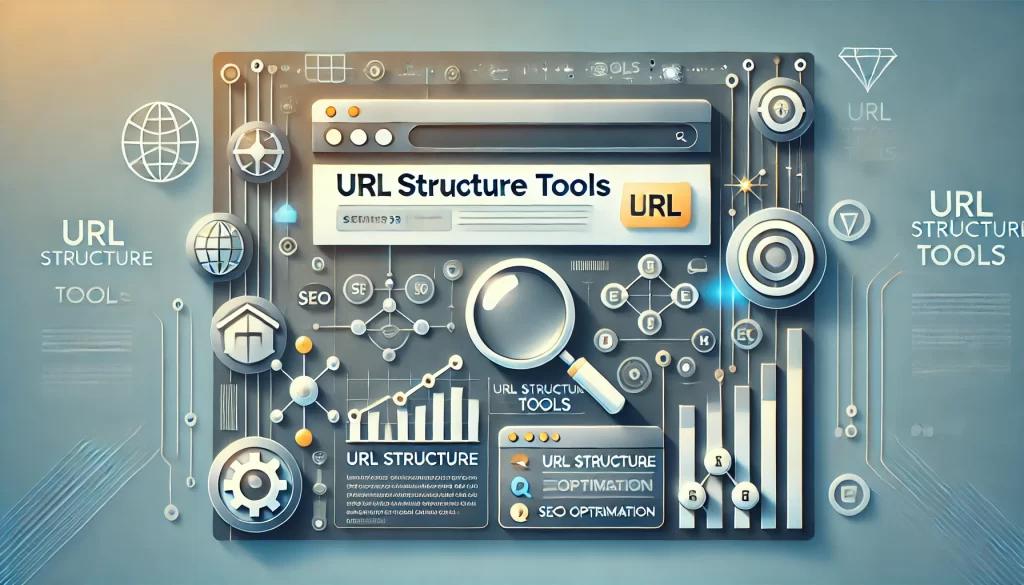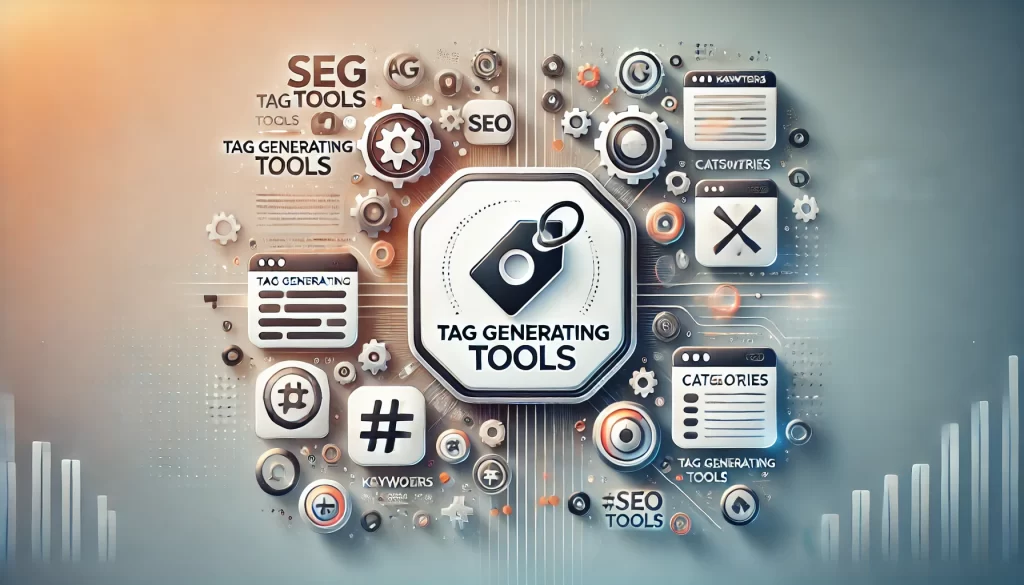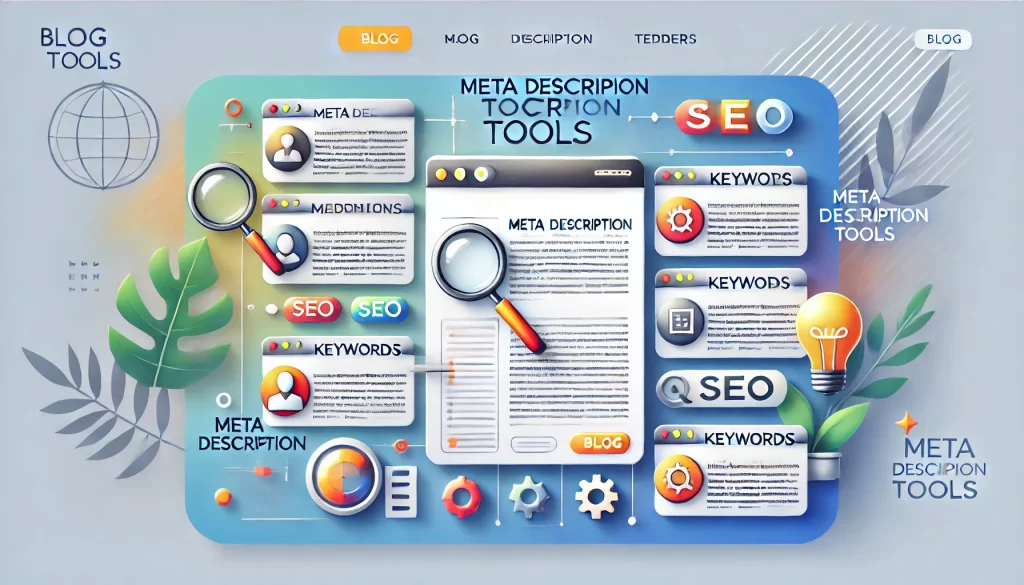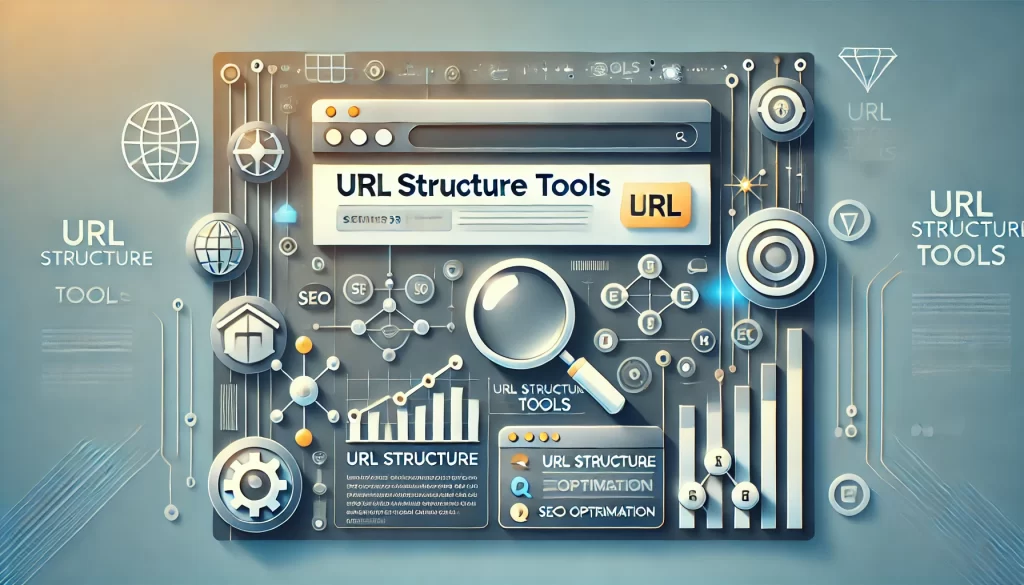
In the ever-competitive online world, search engine optimization (SEO) plays a pivotal role in determining the visibility of your website. Among the many elements of SEO, tags, meta descriptions, and URLs hold significant value. They are the foundational blocks that help search engines understand your content and users navigate your site.
However, optimizing these components manually can be time-consuming and prone to errors. This is where tag generating tools, meta description tools, and URL structure tools come in. These tools not only save time but also ensure that your content is polished, user-friendly, and search engine optimized.
In this guide, we’ll explore these tools in depth, including their features, benefits, best practices, and top recommendations.
Part 1: Tag Generating Tools

Tags are crucial for organizing and categorizing your content. They help both users and search engines identify the main themes of your article or video, improving discoverability and relevance.
What Are Tag Generating Tools?
Tag generating tools are software applications or online platforms that analyze your content to suggest relevant tags. These tools use natural language processing (NLP) or keyword extraction algorithms to generate tags that best represent your content.
Benefits of Tag Generating Tools
- Enhanced Discoverability: Proper tags improve your content’s visibility across search engines, blogs, and social media platforms.
- SEO Boost: Tags act as additional keywords, signaling the topic and context of your content to search engines.
- Time-Efficiency: Eliminate the manual effort of brainstorming and testing tags.
- Increased Engagement: Tags help users find related content, keeping them on your website longer.
Best Practices for Tags
- Use a mix of broad and specific tags.
- Avoid overstuffing; 5-10 tags per piece of content are ideal.
- Ensure your tags are relevant to the content.
Top Tag Generating Tools
- Hashtagify:
- Specializes in generating hashtags for social media.
- Provides popularity trends and related tags.
- Ideal for Instagram and Twitter content.
- RapidTags:
- Designed for YouTube content creators.
- Automatically generates tags based on video topics.
- Keyword Tool:
- A robust tool for generating tags and long-tail keywords.
- Works well for blogs and websites.
- RiteTag:
- Offers real-time hashtag suggestions for social posts.
- Monitors hashtag performance for better reach.
How to Use a Tag Generating Tool
- Input Keywords or Content Topic: Provide the main idea of your content.
- Review Suggestions: Select tags that are relevant to your audience and goals.
- Apply Tags Strategically: Use tags in your blog posts, videos, or product descriptions.
Part 2: Meta Description Tools

The meta description is the snippet of text that appears below your page title in search engine results. It’s often the first impression users have of your content, making it critical for click-through rates (CTR).
What Are Meta Description Tools?
Meta description tools help you craft concise, engaging, and SEO-friendly descriptions. These tools analyze your content and keywords to suggest descriptions that align with search engine algorithms and user intent.
Benefits of Meta Description Tools
- Increased Click-Through Rates: A compelling description encourages users to click on your link.
- Improved Search Engine Rankings: Search engines use meta descriptions to understand your content.
- Content Alignment: Tools ensure that your description accurately reflects the content on your page.
- Keyword Optimization: Meta description tools ensure keywords are placed strategically.
Best Practices for Meta Descriptions
- Keep it between 150-160 characters.
- Use primary and secondary keywords naturally.
- Include a call-to-action (CTA) like “Learn more,” “Discover,” or “Find out.”
- Ensure the description matches the content to avoid misleading users.
Top Meta Description Tools
- Yoast SEO:
- Analyzes meta descriptions in real time.
- Offers feedback on length, keywords, and readability.
- SEMrush Writing Assistant:
- Provides SEO scores for your descriptions.
- Suggests keyword placements and improvements.
- Ahrefs:
- Offers in-depth analysis of meta descriptions.
- Tracks your rankings for specific keywords.
- Google Search Console:
- Highlights poorly performing meta descriptions and offers optimization suggestions.
How to Use a Meta Description Tool
- Enter Your Page URL or Content Topic.
- Analyze Suggestions: Review keywords and structure recommendations.
- Refine Your Description: Ensure it aligns with your brand voice and target audience.
- Test Performance: Monitor CTR and make adjustments as needed
Part 3: URL Structure Tools

A clean, descriptive, and SEO-friendly URL structure enhances both user experience and search engine rankings. URLs are one of the first elements search engines and users encounter when evaluating a webpage.
What Are URL Structure Tools?
URL structure tools are platforms that help you create, analyze, and optimize URLs for SEO. These tools ensure your URLs are concise, readable, and keyword-rich.
Benefits of URL Structure Tools
- Improved Crawlability: Search engines can easily navigate and index your site.
- Enhanced User Experience: Clean and descriptive URLs are easier to understand and trust.
- SEO Advantages: Optimized URLs contribute to higher rankings in search results.
Best Practices for URL Optimization
- Keep URLs short and descriptive.
- Example:
example.com/best-seo-tools
- Example:
- Include primary keywords.
- Use hyphens (
-) instead of underscores (_). - Avoid special characters or session IDs.
Top URL Structure Tools
- Yoast SEO:
- Provides recommendations for shortening and optimizing URLs.
- Screaming Frog SEO Spider:
- Highlights poorly structured URLs and offers insights for improvement.
- SEMrush Site Audit:
- Identifies URL issues like length, duplication, and missing keywords.
- Google Analytics:
- Tracks performance metrics for your URLs.
How to Use a URL Structure Tool
- Audit Existing URLs: Identify issues like long URLs or missing keywords.
- Generate Optimized URLs: Use suggested structures to create new URLs.
- Track Performance: Monitor rankings and engagement for optimized URLs.
How to Combine These Tools for Maximum Impact
Using all three tools in tandem creates a seamless workflow:
- Start with Tags: Use a tag generator to categorize your content effectively.
- Write a Meta Description: Leverage meta description tools to craft a click-worthy snippet.
- Optimize the URL: Ensure the URL is concise, descriptive, and keyword-rich.
Conclusion
Tag generating tools, meta description tools, and URL structure tools are indispensable for modern SEO strategies. By using these tools, you can streamline your workflow, improve content visibility, and drive more traffic to your website.
Start by experimenting with free versions of these tools to see which ones best fit your needs. With a little effort, you’ll soon see the impact of these optimizations on your search rankings and audience engagement.